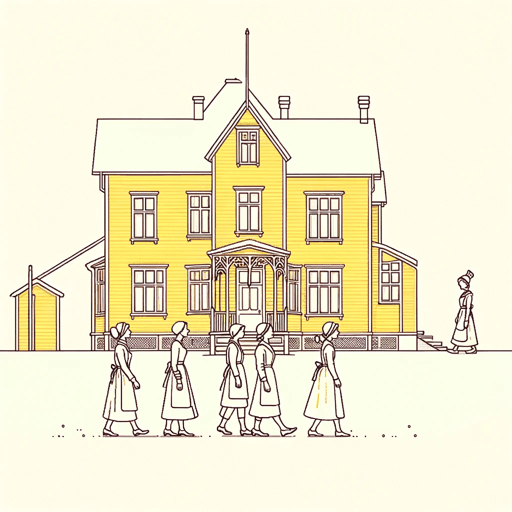35 pages • 1 hour read
Karen BlixenBabette's Feast
Fiction | Short Story | Adult | Published in 1958A modern alternative to SparkNotes and CliffsNotes, SuperSummary offers high-quality Study Guides with detailed chapter summaries and analysis of major themes, characters, and more.
Literary Devices
Perspective
This story is titled “Babette’s Feast,” yet the narrative is never explored from the titular character’s perspective. The omniscient narrator explores other characters’ perspectives, such as those of the sisters and General Loewenhielm, but Babette is almost always seen through the lens of others: The reader learns about her primarily through Papin’s letter of recommendation, as well as through the sisters’ own impressions of her. As such, their prejudices and language barrier prevent the reader from learning more about Babette, who does not reveal her true self until the end of the story. This literary device sets Babette apart from all the other characters as a mysterious figure that is slowly revealed over the course of the story. It also highlights the innumerable divides between her and her mistresses and the denizens of Berlevaag, both as an artist and as a refugee from a foreign country.
Figurative Language
Karen Blixen uses figurative language to set Babette apart from the rest of the characters in the story in a series of images that move from the secular to the divine. When Babette first arrives on the sisters’ doorstep, she is described using a simile: “haggard and wild-eyed like a hunted animal” (14).

